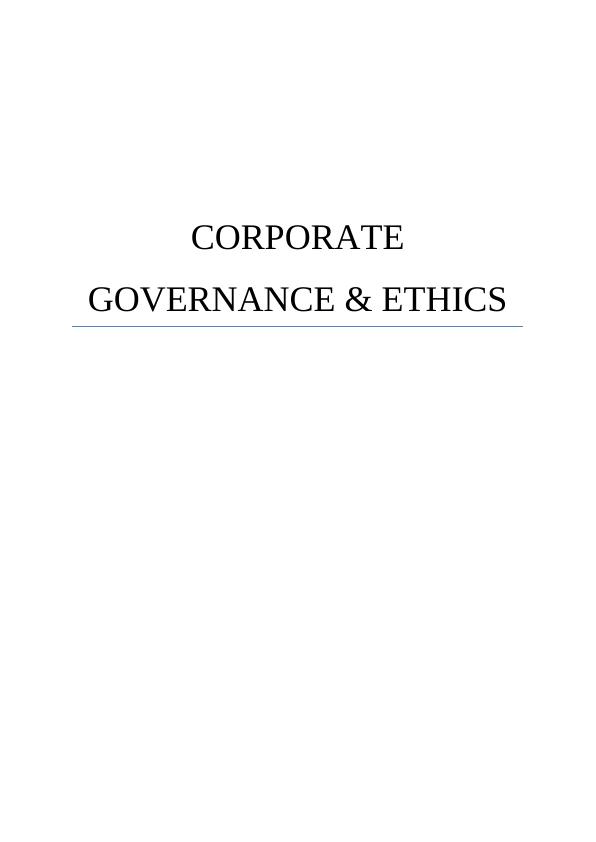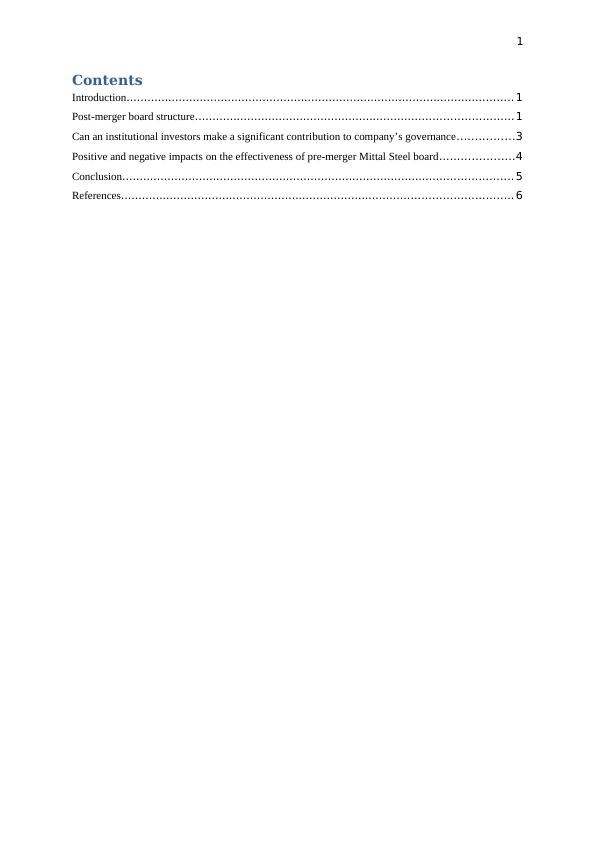Post-Merger Board Structure and Corporate Governance in Arcelor Mittal
Added on 2022-12-18
10 Pages2558 Words49 Views
End of preview
Want to access all the pages? Upload your documents or become a member.
Corporate Governance in Arcelor Mittal Merger
|8
|2573
|364
Corporate Governance: Pros and Cons of Post-Merger Board Structure
|8
|2550
|84
Corporate Governance- Arcelor Mittal: a Case Study
|9
|2664
|358
Reference To Case Study Associated With Arcelor Mittal
|11
|2639
|30
Corporate Governance: Assessing the Post-Merger Board Structure and Impacts
|11
|2727
|400
Case Study Analysis
|10
|2482
|310


